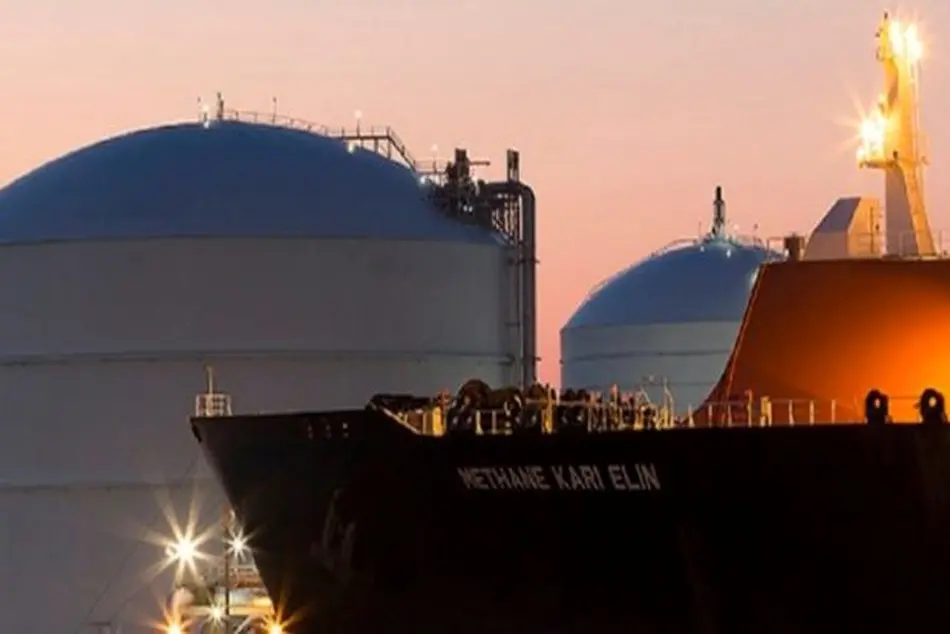LNG Pacific freight rates rise above those in Atlantic, first time in 2 years

Spot day charter rates for LNG carriers in the Pacific have risen above their Atlantic market equivalent for the first time in the past two years, amid tightening prompt availability East of Suez, although this could be short-lived.
S&P Global Platts assessed Pacific day rates for LNG vessels at $39,000 on Friday, up $2,000 from Thursday. Friday’s level also was up 56% from $25,000 in late May, a recent low point, according to Platts data.
The increase was largely driven by spot fixtures loading out of Australia and Indonesia, with hire rates that ranged in the low-$40,000s/d on two deals. The Cool Explorer was fixed by BP and the Palu LNG was heard chartered by Shell to load out of Queensland Curtis LNG around mid-August for a delivery into Tokyo Bay.
In the Atlantic, the hire rate was assessed at $37,000/d. Vessel availability for prompt loading was thin, with prospects for higher rates on the horizon pending news on pricing on recent fixtures. One shipping source said that vessels would need to be drawn from the Middle East in order to meet any potential spot shipping requirements.
The premium the Pacific market now commands over the Atlantic was driven by a higher level of chartering activity, according to one shipping source.
In the Pacific, the Grace Dahlia was heard on subjects to load out of Papua New Guinea in early September for ExxonMobil, and Guangdong Dapeng LNG was heard to have a vessel requirement of around 50 days delivering in the first half of September to replace one that will dry dock.
Meanwhile, Shell has been active in the spot market, with four fixtures reported over the last two weeks: the Palu LNG mentioned above; a fixture from the Middle East to Argentina on either the Yenisei River or the Pskov; and two fixtures to load end of July from Bonny on a Golar vessel and the Wilpride. Shipping sources heard two more Atlantic-based fixtures from Shell, but few details were available.
Shipping typically accounts for 5-20% of the delivered price ex-ship of LNG, meaning big moves in rates can have a significant effect on the final price of gas.